If we want children to flourish, to become truly empowered,
then let us allow them to love the earth before we ask them to save it.-David Sobel
Back in June of 2008 I read Richard Louv’s Last Child in the Woods: Saving Our Children From Nature-Deficit Disorder, and I pledged that my kids and I would become backyard naturalists: learning what we could about the life that graces this plot of land we call ours. Their names, their habits, their needs.
In a blog post discussing the book, I pointed out:
Louv worries about the abilities of future generations to see problems in the environment as they occur; if no children are skimming ponds for tadpoles, how will they know when those numbers begin dropping? If they are not learning to identify and name insects and wildflowers, will they notice when they are gone? If they are not outside at night to hear the spring peepers, who will sound the alarm when the night air is silent?
“[What is the] extinction of a condor
to a child who has never seen a wren?”
-Robert Michael Pyle
(Yeah, I totally just quoted MYSELF quoting someone else there. Did the ego involved cause your head to explode?)
If you’d also like your children to become familiar with the life all around them, to help scientists track population data so that we are better able to help sustain that wildlife for generations to come, AND to get active and outside, here are some “citizen scientist” projects to consider:
Birds
- Celebrate Urban Birds
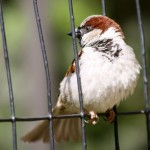 Choose an area approximately the size of half a basketball court & watch for 10 minutes. Report which birds you see to the database, along with info describing your birdwatch area. That’s it! Receive a Celebrate Urban Birds kit– poster, info on urban greening, bird ID guide, sticker and sunflower seed packet– upon sign-up.
Choose an area approximately the size of half a basketball court & watch for 10 minutes. Report which birds you see to the database, along with info describing your birdwatch area. That’s it! Receive a Celebrate Urban Birds kit– poster, info on urban greening, bird ID guide, sticker and sunflower seed packet– upon sign-up. - Project PigeonWatch
Much like Celebrate Urban Birds, but focusing on pigeon numbers, color morphs, and courting behaviors. Pigeon kit is download only. - NestWatch
Collect and submit information about nest site location, habitat, species, and number of eggs, young, and fledglings. - Operation RubyThroat
Hang out your hummingbird feeder and submit data about migration dates and nesting. - Christmas Bird Count
Join tens of thousands of volunteers nationwide as they count birds from mid-December through early January.
Bugs
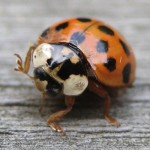 The Lost Ladybug Project
The Lost Ladybug Project
Submit photographs of ladybugs along with info about the discovery site.- The Great Sunflower Project
Sign up to receive Lemon Queen sunflower seeds. Plant these easy-to-grow seeds and once your sunflowers have bloomed, watch to see how many bees come to visit in a 15-minute period. - Butterflies and Moths of North America
Share “clear, high quality close-up photographs” of butterflies, moths, caterpillars, eggs, or pupas. - Firefly Watch
Observe your backyard or any other site and report the prevalence of fireflies. Great way to spend a summer evening!
Everything else!
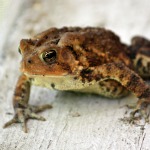 Wildlife Watch
Wildlife Watch
Let the National Wildlife Federation know about the wildlife & plants where you live. Optional: share your nature stories and your photos in their Flickr group.- Project BudBurst
“Adopt” one or more local plants and report different stages of its life cycle (budding, blooming, fruiting etc) to help collect data about changing environments and climate change. There is a scaled-down version for little ones called BudBurst Buddies; those who participate receive a certificate signed by Project BudBurst scientists. - Project Squirrel
Log your squirrel sightings to help scientists better understand the ecology of neighborhoods. - JellyWatch
Tell marine biologists about any jellyfish, red tide, a squid, or other unusual marine life you spy in the ocean. - Project Roadkill
Boys of a certain age will gravitate towards this one. Including the deceased members of our wildlife family paints a more accurate picture of population numbers.
It’s fun! It’s easy! It’s free!
Most projects require no more than an internet connection, a few minutes of your time and the willingness to learn about your local wildlife. All those listed can be carried out no matter where you live (well, you need to be near an ocean to report jellyfish.). Keep in mind that ZERO is a number that needs counting too!
Empower your kids to make a real contribution by helping researchers determine those areas and species most in need of support. (During the summer months, this can easily be extended into a science project or a math graphing exercise. Fights off the inevitable “I’m bored”s, as well.)
Turn those backyard naturalists into junior citizen scientists!
————————————————————————
All the citizen science projects I’ve listed here are nationwide. If you know of any projects local to your area, please share them in the comments.
————————————————————————
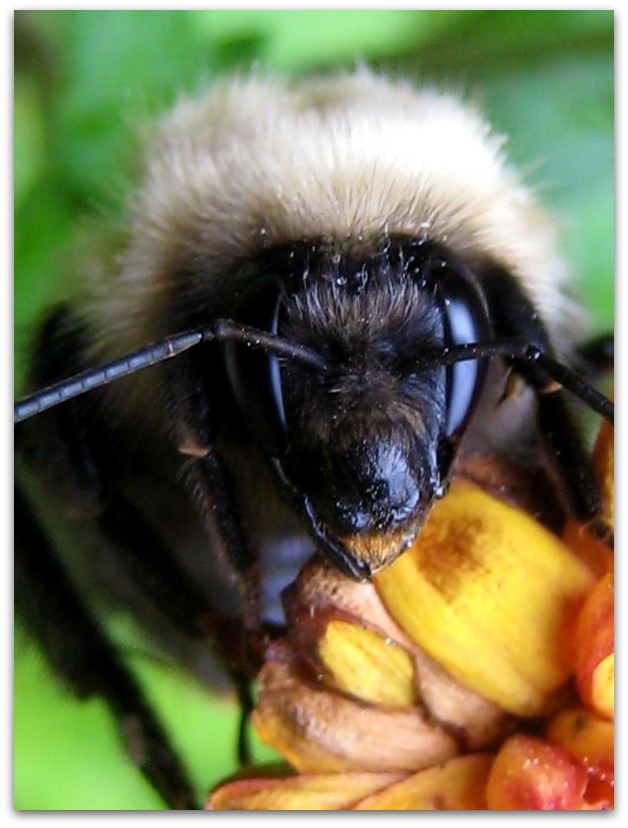
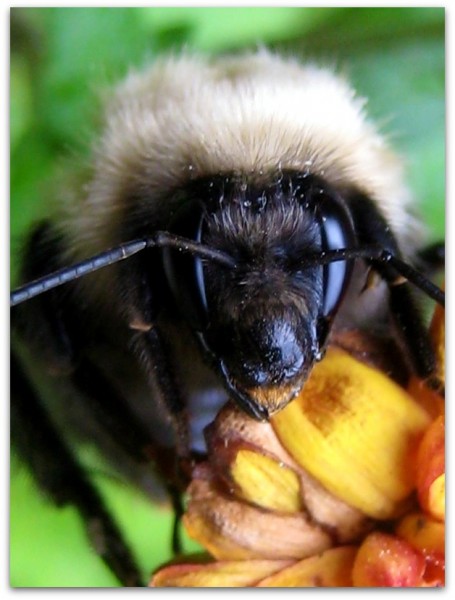
Leave a Reply